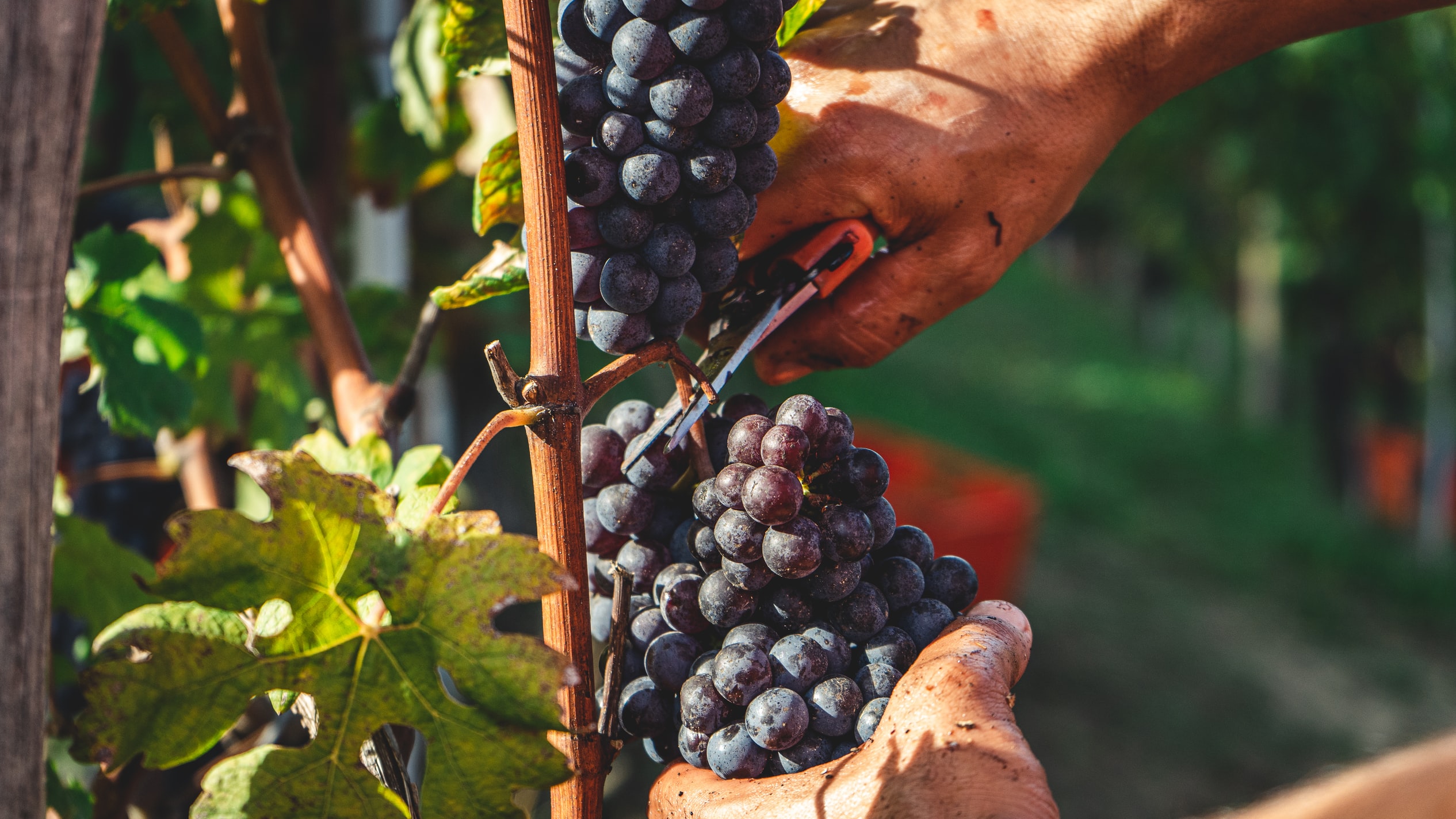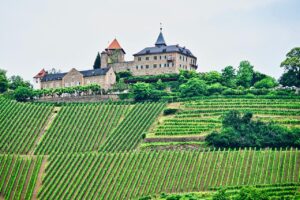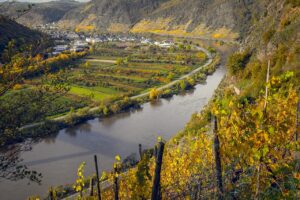Wine lovers globally share a common preference, it is their love for silky and full bodied wines that are aromatic, subtle on the palate and yet leave a strong and long lasting flavour. This exactly describes Barolo wine of Piedmont, Italy.
In Europe, this wine is labelled as DOCG which is a denomination given to specific wines that match unique requirements. These have to do with the specific land, soil, topography and climate characteristics. The latter is known as “Terroir” that combines all these aspects with traditions and specific skills of the area.
Nebbiolo Red Grape Variety, The Origin of Barolo Wine Superiority
A grape variety that is somehow foggy in texture is where the Italian nomenclature came from: nebia or fog. Other theories state that the vineyards themselves are foggy year round, and hence the naming came to existence. The grape is native to Piedmont, a region in the Northern Western part of Italy. This area in Italy borders France and Switzerland and it derives the best of these worlds combined together.
Piedmontese say that you can “try” to plant the grapes in any region that is similar in climate to that of the vineyards in Piedmont. You will have a grape harvest? yes, you will have a wine? yes, but will it be Barolo wine? definitely not!
Why many attempts to replicate Barolo abroad has failed? This traces back to the idea of terroir, where the latter means the specific climatic conditions combined with centuries of history and traditions. All these skills and know-how are inherited from generation to the next which makes the processes virtually impossible to replicate somewhere else. Moreover, the European Union is always striving to protect its distinct heritages and cultures which is basically translated through food and beverages’ protection via labels.
Barolo Flavour Profile and Wine Characteristics
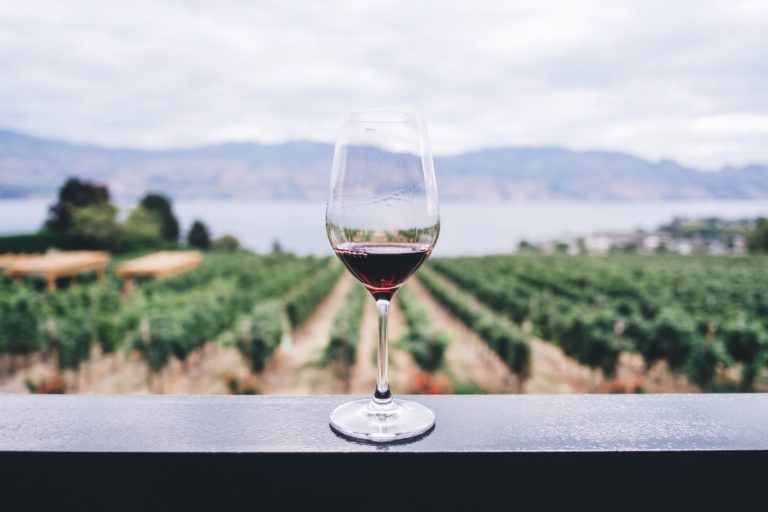
Sommeliers often state that roses are the base of any Barolo but this is accompanied by tar notes. As weird as this may sound, these are the distinctive features of Barolo that makes the whole flavour subtle yet strong on the senses.
As a matter of fact, the rusty and tar flavour of the wine are mainly the result of the relatively long aging process. Barolo is a red wine that on average is aged for 3 years or 36 months. Hence, you can only imagine the breakdown of all the chemicals in the Nebbiolo grape berry. The longer the wine ages, the more volatile compounds are released which enrich the taste, structure and aroma.
Food Pairings with Barolo Wine
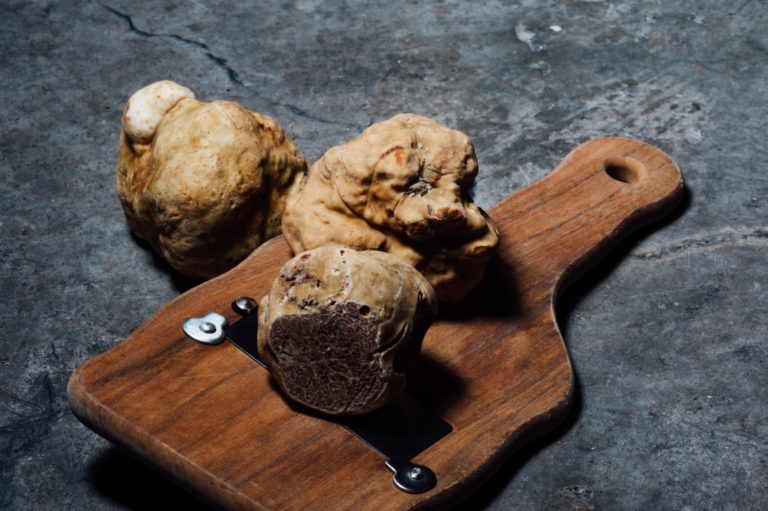
Barolo is rich in tannins, and these give astringency feeling on the tongue. Think of the feeling you have when eating an unripen persimmon or mango. This is exactly what is meant by astringency, it is not a taste but a feeling that something fibrous is sticking to the tongue.
Therefore, these tannins bind to specific proteins and settle down before reaching the tongue. Having said that, light meals like vegetable or plain pastas will not have sufficient quantities of protein to eradicate this feeling. Hence the following protein rich foods are best paired with Barolo:
-Braised Beef
-Game foods: wild pigs, boars, ducks, etc…
-Truffle dishes
-Strong aged cheeses like Parmigiano-Reggiano, Pecorino, Grana Padano, etc…
Wines are a strong link to the past and a manifestation of human ingenuity. This is perhaps best proven in Barolo wine and the link with its “Terroir” that makes it one of the best wines in the world. Historically, Barolo has taken the glamour of being the King’s wine and upon tasting it you would surely understand why it had that title.

